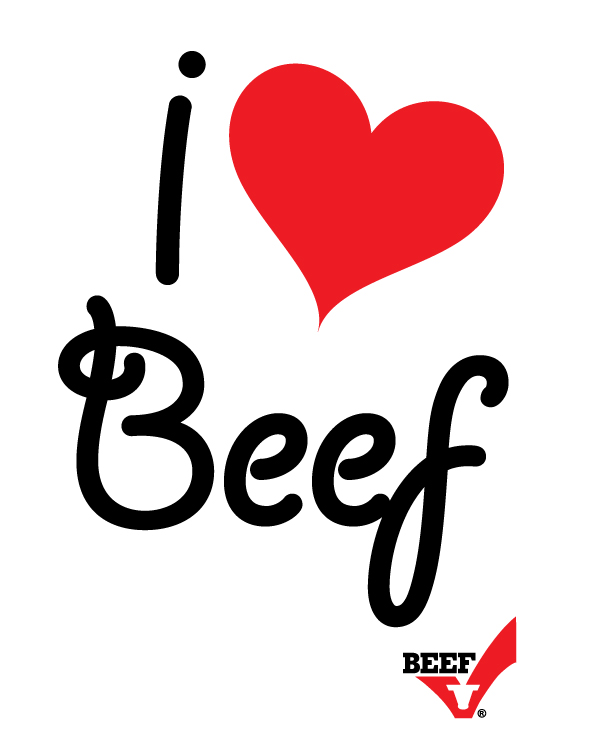 During a time when sales of middle meats are traditionally slower, the checkoff’s food and nutrition communications team is gearing up to capitalize on a month that boasts many familiar holidays and special occasions. Thus, the beef checkoff is initiating an “I Heart Beef” campaign.
During a time when sales of middle meats are traditionally slower, the checkoff’s food and nutrition communications team is gearing up to capitalize on a month that boasts many familiar holidays and special occasions. Thus, the beef checkoff is initiating an “I Heart Beef” campaign.
The program was specifically designed to help strengthen interest in beef middle meats by reminding consumers of their passion for great steaks like the T-bone and tenderloin. Not only that, but February is Heart Health Month.
The checkoff-funded consumer survey used as a foundation for the campaign found:
• In this month of romance, beef is the preferred choice of Americans (62 percent) because nothing says love like a great steak dinner for Valentine’s Day.
• Americans associate steak as a “best match” for love (44 percent), romance (42 percent) and passion (41 percent)—more so than other high-end proteins.
• When it’s time to share that Valentine’s Day meal, beef wins. A ribeye (35 percent) or T-bone steak (32 percent) are chosen as the best meal to share with a significant other.
• Americans most often associate beef with celebrations (50 percent), compared to chicken (18 percent), pork (17 percent) or fish (15 percent).
• Sixty-two percent of Americans say they choose to prepare beef if they are looking for gratitude or appreciation from their dinner partner.
• Fifty-three percent of Americans identify filet mignon as the food most associated with candlelight romance and 50 percent of Americans think filet mignon is the best way to say “I love you.”
The campaign includes numerous media outreach components, online and electronic communications, and communications and a recipe contest geared toward registered dietitians, encouraging them to share their love for lean beef.
For more information, visit MyBeefCheckoff.com.


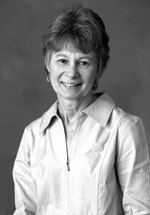 Cheryl Muzinic has been promoted to VP, Group Account Manager, at
Cheryl Muzinic has been promoted to VP, Group Account Manager, at 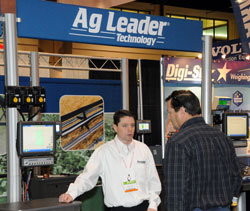 One of the exhibits I visited at AG CONNECT Expo is our primary
One of the exhibits I visited at AG CONNECT Expo is our primary  What a week we had on AgWired last week at AG CONNECT Expo and what a week we’re going to have next week. Besides the Cattle Industry Convention and International Poultry Expo we’re going to have full coverage of the
What a week we had on AgWired last week at AG CONNECT Expo and what a week we’re going to have next week. Besides the Cattle Industry Convention and International Poultry Expo we’re going to have full coverage of the 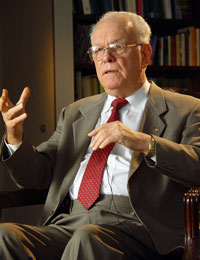 This morning I spoke with Stoller Group President and CEO, Jerry Stoller. This is the 17th Conference which he says is a very unique collaboration and sharing of research among consultants, university professors, growers and Stoller Group representatives. I had the opportunity for a
This morning I spoke with Stoller Group President and CEO, Jerry Stoller. This is the 17th Conference which he says is a very unique collaboration and sharing of research among consultants, university professors, growers and Stoller Group representatives. I had the opportunity for a 
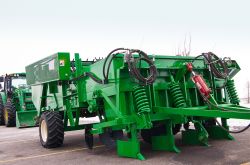 Farmers who are considering growing miscanthus as a bioenergy feedstock now have a tool to make it easier. After years of collaboration and research, a miscanthus rhizome regeneration harvester and planter system has been developed. The unveiling took place during the
Farmers who are considering growing miscanthus as a bioenergy feedstock now have a tool to make it easier. After years of collaboration and research, a miscanthus rhizome regeneration harvester and planter system has been developed. The unveiling took place during the 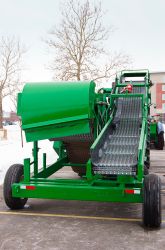 “Bioenergy feedstock processors require security for supply and unless we dealt with regeneration and planting issues for miscanthus, we simply couldn’t make progress,” said Gavin Maxwell, Tomax Ltd Senior Bioenergy Consultant.
“Bioenergy feedstock processors require security for supply and unless we dealt with regeneration and planting issues for miscanthus, we simply couldn’t make progress,” said Gavin Maxwell, Tomax Ltd Senior Bioenergy Consultant.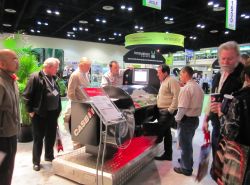 I spent quite a bit of time in the
I spent quite a bit of time in the 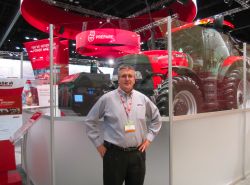 Case IH is focusing strongly on its CDT technology where they are “doing a better job of finding the sweetspot” with energy efficiency. “We’re doing a better job of getting the energy to the ground, power to the ground where we need it,” said Bohnker.
Case IH is focusing strongly on its CDT technology where they are “doing a better job of finding the sweetspot” with energy efficiency. “We’re doing a better job of getting the energy to the ground, power to the ground where we need it,” said Bohnker. Last week during the
Last week during the